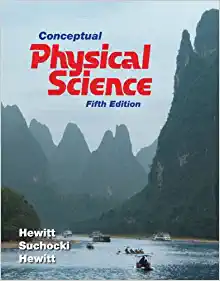Answered step by step
Verified Expert Solution
Question
1 Approved Answer
Q1: In Equation No. 1, how did we get the value of 2h?Q 2: How is the equation 4 derived from the equation 1 step
Q1: In Equation No. 1, how did we get the value of 2h?Q 2: How is the equation 4 derived from the equation 1 step by step?Q3: What is the reason for the negative sign in Equation No. 2? Q4: What is the relationship between wavelength and mass?Q5:what does it mean"Where ? is the propagation acoustic wavelength which is wice the thickness of the quartz (the resonance condition verifying that the half of a wavelength is confined within the resonator)"

Step by Step Solution
There are 3 Steps involved in it
Step: 1

Get Instant Access to Expert-Tailored Solutions
See step-by-step solutions with expert insights and AI powered tools for academic success
Step: 2

Step: 3

Ace Your Homework with AI
Get the answers you need in no time with our AI-driven, step-by-step assistance
Get Started


